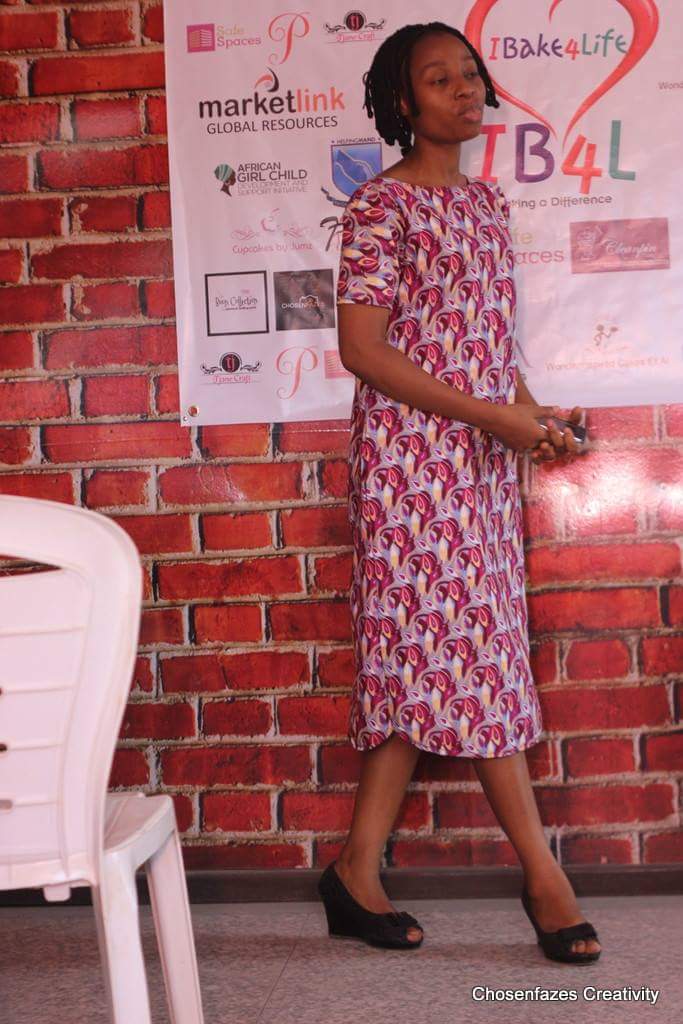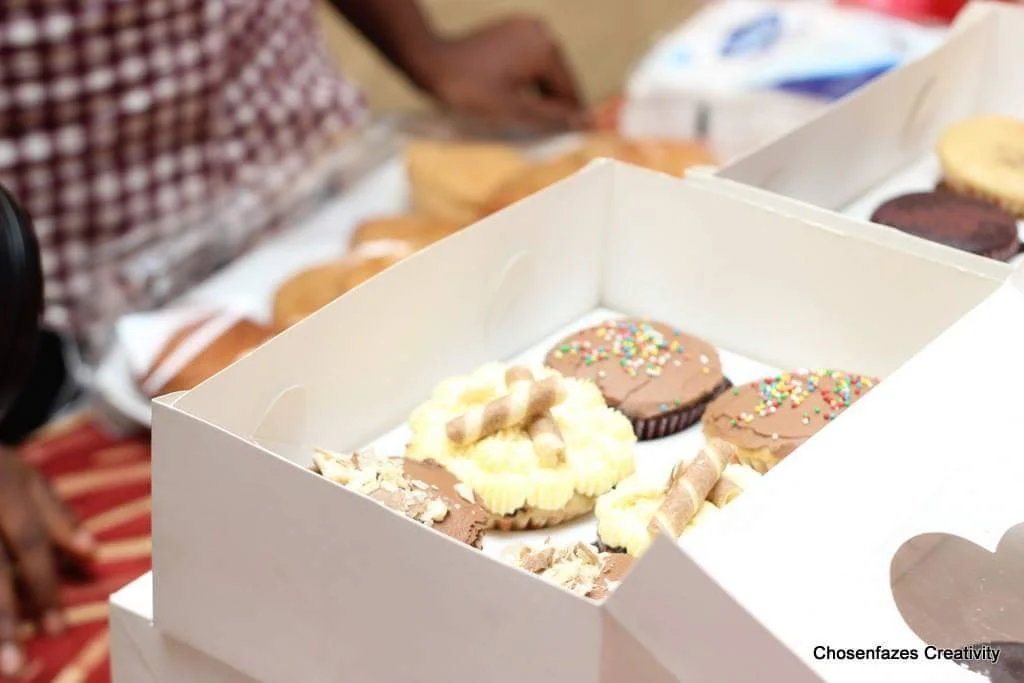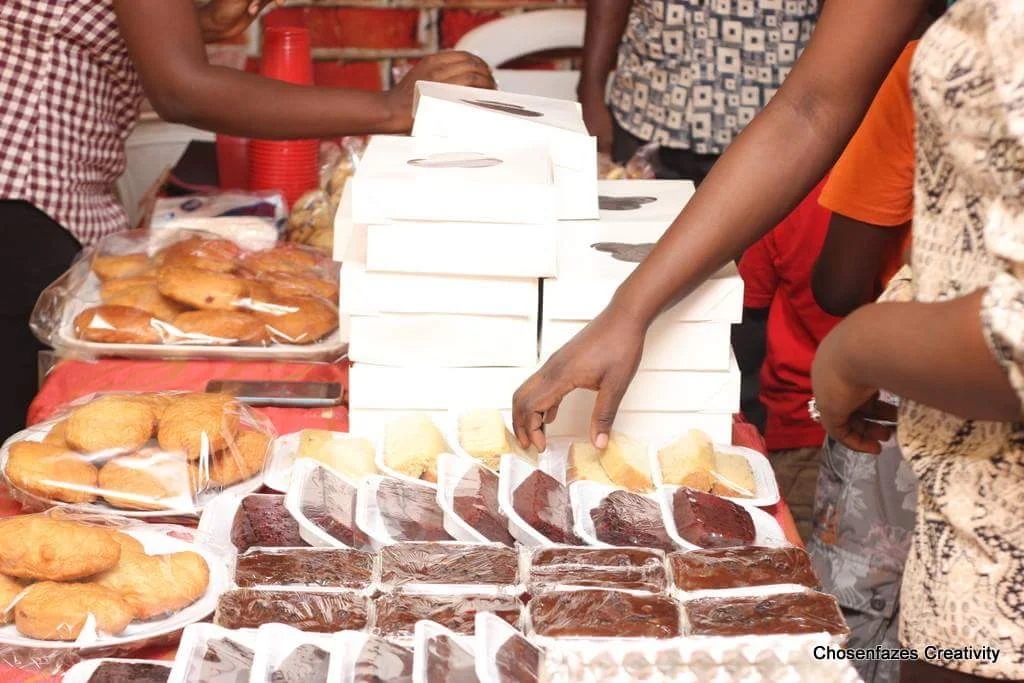Harvard and Oxford-trained scholar, Damilola Sunday Olawuyi, is a globally recognised professor of Energy and Environmental Law and director of the leading research think tank, the Institute for Oil, Gas, Energy, Environment and Sustainable Development (OGEES Institute) at Afe Babalola University, Ado Ekiti. He is Vice President of the Nigerian branch of the International Law Association; member of the World Commission on International Environmental Law; and expert member of the International Law Association Committee on Sustainable Natural Resource Development where he represents Nigeria. He served as visiting professor at Columbia University, Oxford University and the China University of Political Science and Law. He has several publications in leading international law journals on the subject of renewable energy, agriculture, climate change and sustainable development. In this interview with the Yetunde Ayobami Ojo, he says government should urgently develop the country’s enormous renewable energy potential.
Nigeria, like many oil producing countries, is still reeling from the impact of the drop in the prices of oil. Will the oil and gas sector ever fully recover?
Unlike many that have written and published the obituary of the oil and gas industry, we professionals in the field know that the future of the sector remains exceedingly bright. The industry has been through, and survived, similar periodic downturns in the past, ranging from the 1973 oil crisis (first oil shock) in which the price of oil increased 400 per cent, leading to scarcity in some countries; then the 1979 oil shock when prices increased 100 per cent and the third oil crisis in 1990s, which contributed to global economic recession of the early 1990s and the most recent one.
This recent downturn has hit all of us hard due to failure to government’s properly utilise proceeds of the glorious years, when oil sold over $100 per barrel, to develop our infrastructure and to vitalise other key sectors. I have worked in the oil and gas countries in the Middle East such as, Qatar, Oman and Kuwait, and they are, for example, not in recession as we speak, due to years of proper utilisation of oil proceeds. For an oil and gas giant like Nigeria to ever be in recession is a great shame.
The US shale boom is another potential game changer, which has, and will continue to alter the demand for our oil and nudge us to an uncertain future outlook. The International Energy Agency (IEA) has for example predicted that the United States would overtake Saudi Arabia to become the world’s leading oil producer by 2020 and, together with Canada, would become a net exporter of oil around 2030. These are tough predictions for Nigeria, as our main oil customer will itself become a leading supplier. This is why this is the time for Nigeria to start diversifying its economic base to shift to mining, manufacturing, agriculture and tourism. This is what Qatar and a number of the Middle East giants are investing time and resources on, in order to stay ahead in the face of a changing energy outlook.
As we speak, I am currently leading a funded research project for the government of Qatar on this issue of low carbon energy transition. These are smart oil and gas producing countries that have accelerated their paths to energy and economic diversification. Wide scale economic diversification is the key for Nigeria to remain strong and competitive in the league of frontier energy jurisdictions.
What do you think is the most important step in diversifying the Nigerian economy at this challenging time?
Nigeria is very rich in energy. We only tend to focus excessively on oil and gas. Nigeria has strong comparative strengths in renewable energy, an area that the Nigerian Government has yet to fully develop.
Over the last five years, renewable energy has gained global prominence as the new oil and gas. Last year alone, worldwide investments in renewable energy amounted to more than US$214 billion with countries such as, Canada, China and the United States heavily investing in wind, hydro, solar and biofuel infrastructure projects. Apart from private sector investments, the United Nations, World Bank, International Renewable Energy Agency (IRENA), and other development agencies have established special Clean Funds through which governments at federal and state levels can access funds to develop renewable energy projects ranging from conversion of biomass or waste to energy; biofuels from agriculture; geothermal, mini-hydro, solar and wind energy projects. Renewable energy projects funded under this platform focus on ways to reduce energy poverty; generate clean jobs; and produce sustainable and renewable energy in developing countries. They can also be the key to solving Nigeria’s electricity challenges.
Nigeria’s potentials as a significant source of renewable energy have never been in doubt. From the water intensity of the Osun River in my home state, Osun; to the expanse hectares of arable land in many parts of Nigeria; and the sunshine intensity in the North, have led to several scientific conclusions that Nigeria could be one of the richest countries on earth in terms of solar, wind and hydro energy. Unlike oil and gas, these are clean, cheap, inexhaustible sources of electricity, meaning they never end. They also come with less environmental problems such as pollution or spillage.
Nigeria has infinite potentials to be the leader in renewable energy sources in Africa. Renewable energy can directly contribute to poverty alleviation programs by attracting international development funds for renewable energy projects; boosting internally generated revenue by attracting global and public private partnership investments in renewable energy projects; creating new energy jobs for youths; providing alternative energy supply for businesses; and deploying clean cooking stoves and household stand- alone solar solutions in rural communities.
Given these enormous economic advantages of renewable and alternative energy, how can government move this forward?
One key problem we have in this area is lack of sustained policy action by successive governments. On May 05, 2015, the Federal Government of Nigeria officially adopted the National Policy on Renewable Energy and Energy Efficiency, which aims to increase renewable energy investments to generate electricity and to address climate change problems. The policy also aimed to establish a federal agency on renewable energy like many other countries in the world have done. However, this program was launched in the last few weeks of former President Goodluck Jonathan administration. Since 2015, not much has been heard about the renewable energy programme. I have personally been leading scholarly agenda aimed at getting the current government to revisit this lofty energy diversification and electricity generation program.
In 2015, the Executive Governor of Osun State, Ogbeni Rauf Aregbesola, invited me to help develop a policy programme that could help Osun State attain leadership in implementing a robust renewable energy and energy efficiency program over the next decade. However, this unfortunately coincided with the time our State had problems with protesting workers so we had to halt this plan. I do hope to revisit this ambitious plan in the future at State and Federal levels. For example, if well developed, we could generate electricity from solar, hydro and wind sources, making it possible for each state to be self sufficient in terms of generating adequate amount of electricity for domestic and industrial use.
How serious do you think Nigeria is in addressing the issue of Climate change?
Nigeria will need to move from bureaucratic rhetoric to more concrete and holistic action to address climate change. In the Paris Agreement, Nigeria pledged to reduce its GHG emissions by 20 per cent by 2020 and 45 per cent by 2030. These are ambitious targets, which on the ground, we have done little in terms of laws, institutions and policies to actualise.
As of today, we have no climate change law, no climate change federal agency and no national action plan on GHG reduction. I was personally excited when the current government appointed the immediate past Minister of Environment, Amina Mohammed, as Minister for Environment. However, she had to leave to become the United Nations Deputy Secretary General.
We need to revisit some of the lofty blue prints she developed on climate change mitigation and adaptation in Nigeria. The environment is too serious an issue to be left at the periphery of decision-making. Climate change should not be viewed as a threat alone, it is also a great economic opportunity for Nigeria to develop a green economy that encourages new jobs in recycling, waste management, green buildings and clean transportation. We can get there. We only need to start first.
How can you assess Nigeria’s readiness to achieve the SDGs?
As you rightly noted, on September 25, 2015, countries, including Nigeria, adopted a set of targets and goals to end poverty, protect the planet, and ensure prosperity for all, over the next 15 years. In other words, by the year 2030, the plan is that our world will be on the path of comparable and holistic social, economic and environmental development.
For these ambitious goals to be reached, we must ask, how can we avoid the same pitfalls and mistakes that made it impossible for us to attain the MDGs that expired in 2015. Everyone needs to do their part: governments, the private sector, civil society and people like you and I, to avoid the same false start. As of today, Nigeria has not done much to correct the same pitfalls, which centre on lack of sustained governmental action to pursue the sustainable development agenda.
By attaining the rank of full professor of law in 2015 at the age of 32, you became one of the youngest law professors in Nigeria, what are the challenges you faced in achieving that feat?
Well, I am humbled and honoured to follow the remarkable path of Nigeria’s current Vice President, Professor Yemi Osibanjo. SAN who I understand also attained full professorship at the age of 33. I am very fortunate to have tapped into the visions of the President and Founder of Afe Babalola University, Ado Ekiti (ABUAD), Aare Afe Babalola, SAN, OFR, LL.D, CON, who is well known to be one of the most successful lawyers in Nigeria’s history and a leading advocate for university reform. Working closely with him challenged me to be the best in my teaching and research. Babalola’s accomplishments, from very humble beginnings, is enough motivation for every one associated with ABUAD to push for the greatest heights, break existing records and set new ones. The university and college of law provided the right atmosphere and resources for me to achieve this feat. Without the support and best wishes of everyone, ranging from the president and founder of the university, to the senior management of the university, the DVC and provost of the College of Law, Professor Smaranda Olarinde, to my head of department, and my students, this attainment would have been highly impossible. I faced no barrier; all I saw was motivation, encouragements and opportunities.
You are an alumnus of the Harvard and Oxford University, how did you achieve these?
I owe these achievements to the divine grace of God. How else could a young lad from Igbajo, Osun State, end up at these famous institutions? After achieving first class honours from the university, and another first class from the Nigerian Law School, I was double charged to follow the paths of the likes of ILA President, Professor Fidelis Oditah, QC, SAN who after making first class degrees from UNILAG and the Law School, also got scholarships to study at Oxford. Luckily, I was still at the Law School when I received a full scholarship from the Government of Canada to pursue LL.M in energy law at the University of Calgary in Canada.
Given these enormous economic advantages of renewable and alternative energy, how can government move this forward?
One key problem we have in this area is lack of sustained policy action by successive governments. On May 05, 2015, the Federal Government of Nigeria officially adopted the National Policy on Renewable Energy and Energy Efficiency, which aims to increase renewable energy investments to generate electricity and to address climate change problems. The policy also aimed to establish a federal agency on renewable energy like many other countries in the world have done. However, this program was launched in the last few weeks of former President Goodluck Jonathan administration. Since 2015, not much has been heard about the renewable energy programme. I have personally been leading scholarly agenda aimed at getting the current government to revisit this lofty energy diversification and electricity generation program.
In 2015, the Executive Governor of Osun State, Ogbeni Rauf Aregbesola, invited me to help develop a policy programme that could help Osun State attain leadership in implementing a robust renewable energy and energy efficiency program over the next decade. However, this unfortunately coincided with the time our State had problems with protesting workers so we had to halt this plan. I do hope to revisit this ambitious plan in the future at State and Federal levels. For example, if well developed, we could generate electricity from solar, hydro and wind sources, making it possible for each state to be self sufficient in terms of generating adequate amount of electricity for domestic and industrial use.
How serious do you think Nigeria is in addressing the issue of Climate change?
Nigeria will need to move from bureaucratic rhetoric to more concrete and holistic action to address climate change. In the Paris Agreement, Nigeria pledged to reduce its GHG emissions by 20 per cent by 2020 and 45 per cent by 2030. These are ambitious targets, which on the ground, we have done little in terms of laws, institutions and policies to actualise.
As of today, we have no climate change law, no climate change federal agency and no national action plan on GHG reduction. I was personally excited when the current government appointed the immediate past Minister of Environment, Amina Mohammed, as Minister for Environment. However, she had to leave to become the United Nations Deputy Secretary General.
We need to revisit some of the lofty blue prints she developed on climate change mitigation and adaptation in Nigeria. The environment is too serious an issue to be left at the periphery of decision-making. Climate change should not be viewed as a threat alone, it is also a great economic opportunity for Nigeria to develop a green economy that encourages new jobs in recycling, waste management, green buildings and clean transportation. We can get there. We only need to start first.
How can you assess Nigeria’s readiness to achieve the SDGs?
As you rightly noted, on September 25, 2015, countries, including Nigeria, adopted a set of targets and goals to end poverty, protect the planet, and ensure prosperity for all, over the next 15 years. In other words, by the year 2030, the plan is that our world will be on the path of comparable and holistic social, economic and environmental development.
For these ambitious goals to be reached, we must ask, how can we avoid the same pitfalls and mistakes that made it impossible for us to attain the MDGs that expired in 2015. Everyone needs to do their part: governments, the private sector, civil society and people like you and I, to avoid the same false start. As of today, Nigeria has not done much to correct the same pitfalls, which centre on lack of sustained governmental action to pursue the sustainable development agenda.
By attaining the rank of full professor of law in 2015 at the age of 32, you became one of the youngest law professors in Nigeria, what are the challenges you faced in achieving that feat?
Well, I am humbled and honoured to follow the remarkable path of Nigeria’s current Vice President, Professor Yemi Osibanjo. SAN who I understand also attained full professorship at the age of 33. I am very fortunate to have tapped into the visions of the President and Founder of Afe Babalola University, Ado Ekiti (ABUAD), Aare Afe Babalola, SAN, OFR, LL.D, CON, who is well known to be one of the most successful lawyers in Nigeria’s history and a leading advocate for university reform. Working closely with him challenged me to be the best in my teaching and research. Babalola’s accomplishments, from very humble beginnings, is enough motivation for every one associated with ABUAD to push for the greatest heights, break existing records and set new ones. The university and college of law provided the right atmosphere and resources for me to achieve this feat. Without the support and best wishes of everyone, ranging from the president and founder of the university, to the senior management of the university, the DVC and provost of the College of Law, Professor Smaranda Olarinde, to my head of department, and my students, this attainment would have been highly impossible. I faced no barrier; all I saw was motivation, encouragements and opportunities.
You are an alumnus of the Harvard and Oxford University, how did you achieve these?
I owe these achievements to the divine grace of God. How else could a young lad from Igbajo, Osun State, end up at these famous institutions? After achieving first class honours from the university, and another first class from the Nigerian Law School, I was double charged to follow the paths of the likes of ILA President, Professor Fidelis Oditah, QC, SAN who after making first class degrees from UNILAG and the Law School, also got scholarships to study at Oxford. Luckily, I was still at the Law School when I received a full scholarship from the Government of Canada to pursue LL.M in energy law at the University of Calgary in Canada.
From Calgary, I received another full scholarship to go to Harvard University for another LL.M, and while still at Harvard, I received the prestigious Clarendon Scholarship and the Queen’s Overseas Research Scholarship to study for a PhD at Oxford University. After this, I was called to the bar in Canada and then practiced energy law at Norton Rose Fulbright Canada for a while. This is a remarkable story of divine grace from God. Having received so much support and mentoring from institutions abroad, what I have done with my career so far is to utilise these knowledge to serve my nation and to motivate young and upcoming lawyers.
You have been recently shortlisted for by the Legal Practitioners Privileges Committee (LPPC) for the prestigious rank of Senior Advocate of Nigeria under the academic category. Do you intend to set up a law practice soon to mentor young lawyers?
I am very humbled and honoured to have been shortlisted for the SAN award. It is also a positive reinforcement for young academics and scholars that with hard work and diligence, recognition will come some day. But as you know, the SAN award is a privilege, not a right. While I have earnest hope for a successful final outcome, I would not like to think just too far yet about next steps. I like to take it one step at a time. To have been shortlisted is a great attestation to the integrity and transparency of the process, let us wait and see what follows.
What is your advice for students?
As I tell my students, a great lawyer knows a little about everything. My advice for them is that they should take the opportunities of being students to learn more about everything: politics, sports, music, current affairs, society, language, religion and of course law. Push the boundaries by reading more from books, newspapers, law reports, and every other available material on the subject in the library. Such mental curiosity and desire to know more is the secret of success in this profession, whether as a practicing lawyer, legal academic, university administrator or even politician. As Thomas Huxley once remarked, a good student “Tries to learn something about everything and everything about something.”
Source : Yetunde Ayobami via The Guardian






















































































